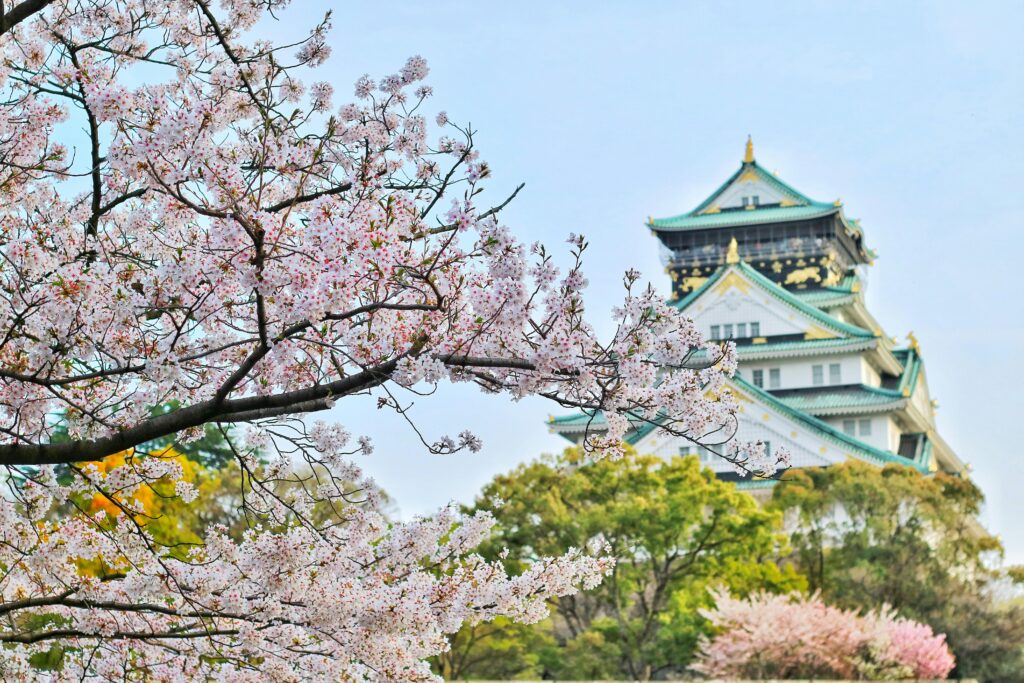In the heart of Japan, where the past and future continually intersect, traditional businesses stand as testament to a culture that reveres its history while simultaneously embracing the new. From ancient sake breweries to centuries-old textile manufacturers, these enterprises navigate a delicate balance between preserving time-honored practices and adapting to the modern world’s demands. This article delves into the unique interplay of tradition and innovation within traditional Japanese businesses, exploring how they maintain their cultural heritage while adopting new technologies and business models to thrive in today’s global market.

The Essence of Tradition
Japanese culture is steeped in a deep respect for tradition, which is vividly reflected in its business practices. Traditional Japanese businesses, known as “Shinise,” are often family-owned and have been operating for centuries. These enterprises are custodians of craftsmanship and artisanal skills passed down through generations, producing goods like sake, textiles, ceramics, and more. The persistence of these traditions is not just about preserving history; it’s a commitment to a level of quality and a philosophy of work that honors the efforts of those who came before.
Sake Breweries: A Case Study in Tradition
Consider the case of Japanese sake breweries, some of which have been in operation for over a hundred years. The brewing of sake, a rice wine integral to Japanese culture, is an art form. The process relies on the meticulous selection of ingredients, precise temperature control, and a deep understanding of fermentation processes handed down through generations. These breweries are temples of tradition, where the rhythms of the past dictate the creation of every batch.
The Wave of Innovation
Despite their deep roots, traditional Japanese businesses face the universal challenge of remaining relevant in an ever-changing global marketplace. Innovation, driven by advances in technology and shifts in consumer behavior, is a force that cannot be ignored. However, rather than discarding their heritage, these businesses weave new threads into the fabric of their traditions, creating a tapestry that honors the old while embracing the new.
Embracing Technology and New Business Models
Adaptation strategies vary, from integrating state-of-the-art technologies to enhance production processes to adopting digital marketing techniques to reach global audiences. For example, some sake breweries have begun using modern fermentation technologies to improve consistency and yield, without compromising the traditional taste profiles that define their products. Similarly, textile manufacturers are incorporating advanced weaving and dyeing technologies to create products that meet contemporary demands for quality and sustainability, while still reflecting traditional Japanese aesthetics.
Balancing Act: Tradition vs. Innovation
The coexistence of tradition and innovation in Japanese businesses is not without its tensions. There is a constant balancing act between maintaining the integrity of traditional methods and embracing innovation that can enhance efficiency, sustainability, and marketability.
Maintaining Cultural Identity
For many traditional businesses, the challenge lies in ensuring that innovation does not dilute the cultural identity and heritage that define their brand. This often means adopting a selective approach to innovation, where new technologies and practices are carefully integrated in ways that enhance rather than overshadow traditional methods.
Expanding Markets
Innovation also opens doors to new markets, both domestically and internationally. Traditional Japanese products, from sake to textiles, have found enthusiastic audiences around the world, drawn to their unique blend of craftsmanship and cultural significance. Digital marketing and e-commerce have been pivotal in this expansion, allowing these businesses to tell their stories and sell their products on a global stage.

The Road Ahead
The journey of traditional Japanese businesses into the future is emblematic of Japan’s broader cultural ethos: a deep respect for the past combined with an unwavering eye towards the future. This approach has allowed these businesses not only to survive but to thrive, preserving their heritage while evolving to meet the challenges of a new era.
In navigating the delicate balance between tradition and innovation, these enterprises offer valuable lessons for businesses worldwide. They demonstrate that honoring the past and embracing the future are not mutually exclusive goals but complementary forces that, when harmonized, can lead to enduring success and relevance in an ever-changing world.